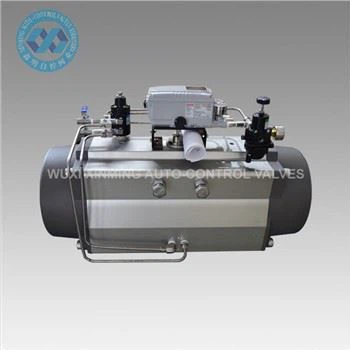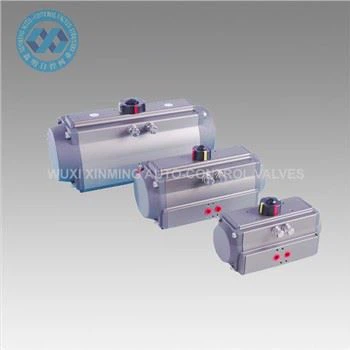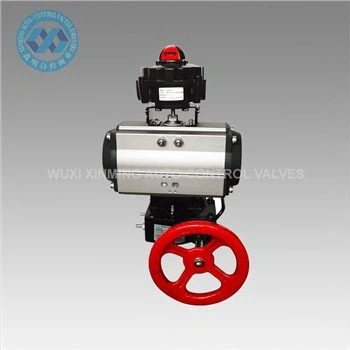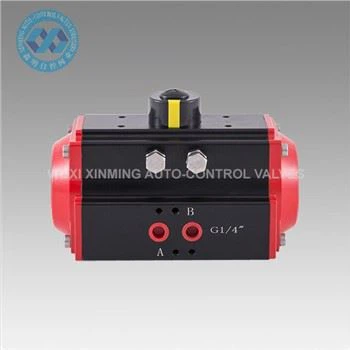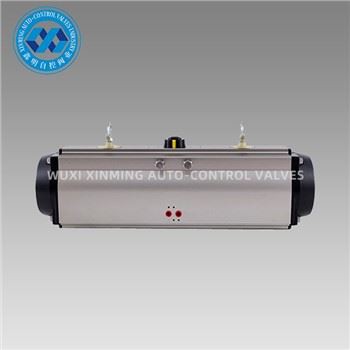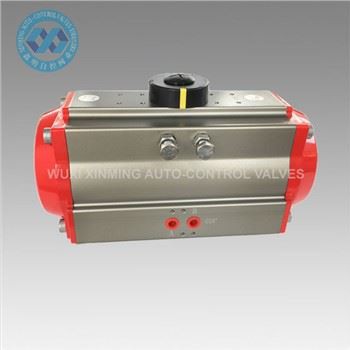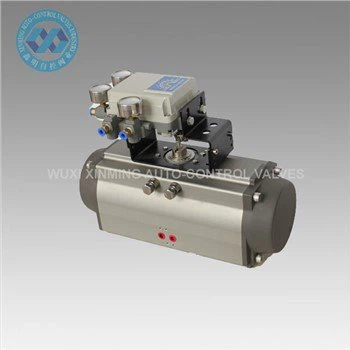Abstract
Pneumatic Muscle Actuators (PMAs), also known as McKibben artificial muscles, are soft, lightweight, and highly efficient actuators that mimic biological muscle behavior. Their high power-to-weight ratio, inherent compliance, and adaptability make them ideal for robotics, prosthetics, rehabilitation, and industrial automation. This article explores the working principles, design variations, control strategies, and emerging applications of PMAs, while addressing current challenges and future research directions.
1. Introduction
Traditional rigid actuators (e.g., electric motors, hydraulic pistons) often struggle with weight, compliance, and safety in human-centric applications. PMAs, first conceptualized in the 1950s and later refined by McKibben, offer a biomimetic alternative by contracting under pneumatic pressure. Their simplicity, force density, and shock-absorbing properties have led to widespread adoption in soft robotics, wearable devices, and assistive technologies.
2. Working Principle
A PMA typically consists of:
- Elastomeric bladder: An inner tube that expands radially when pressurized.
- Braided mesh sleeve: A helical fiber reinforcement that converts radial expansion into axial contraction.
- End fittings: Sealed connectors for air supply and mechanical attachment.
Actuation Mechanism:
When pressurized, the bladder expands radially, causing the braided sleeve to shorten axially (up to 30–40% contraction). Force generation follows the principle:
where is pressure, is the initial radius, and is the braid angle.
3. Design Variations and Material Innovations
3.1. Braided vs. Pleated PMAs
- Braided PMAs: Traditional McKibben-type with helical fibers; high force but limited stroke.
- Pleated PMAs: Folded structures for increased contraction ratio (>50%).
3.2. Advanced Materials
- Self-healing elastomers: Reduce air leakage from micro-tears.
- Electroactive polymers: Hybrid designs for faster response.
- Fabric-based PMAs: Flexible, lightweight alternatives for wearables.
4. Control Strategies
PMAs exhibit nonlinear hysteresis and time-dependent behavior, requiring advanced control:
- PID & Model Predictive Control (MPC): Compensate for air compressibility and delay.
- Pressure-Feedback Systems: Closed-loop control using embedded pressure sensors.
- Machine Learning: Adaptive control for dynamic environments (e.g., human-robot interaction).
5. Applications
5.1. Soft Robotics
- Grippers & Manipulators: PMAs enable compliant grasping of fragile objects (e.g., food handling, biomedical tools).
- Bioinspired Robots: Snake-like robots and underwater systems leverage PMAs for natural motion.
5.2. Rehabilitation & Prosthetics
- Exoskeletons: Lightweight PMAs assist mobility in stroke or spinal cord injury patients.
- Prosthetic Limbs: Naturalistic movement with low energy consumption.
5.3. Industrial Automation
- Safe Human-Robot Collaboration: PMAs reduce injury risks in shared workspaces.
- Adaptive Machinery: Adjustable stiffness for variable payloads.
5.4. Aerospace & Exploration
- Space Robots: PMAs’ vacuum compatibility suits extraterrestrial applications.
6. Challenges & Future Directions
- Response Time: Improving bandwidth beyond ~5 Hz for dynamic tasks.
- Energy Efficiency: Reducing compressed air consumption via hybrid actuation.
- Miniaturization: Developing sub-millimeter PMAs for micro-robotics.
- Durability: Enhancing fatigue resistance for long-term use.
7. Conclusion
PMAs bridge the gap between rigid actuators and biological muscles, offering unmatched compliance and adaptability. With ongoing advances in materials, control algorithms, and manufacturing, their role in robotics, healthcare, and automation will continue to expand, paving the way for safer, more natural human-machine interactions.
If you want to learn more about low-priced products, please visit the following website: www.xm-valveactuator.com


